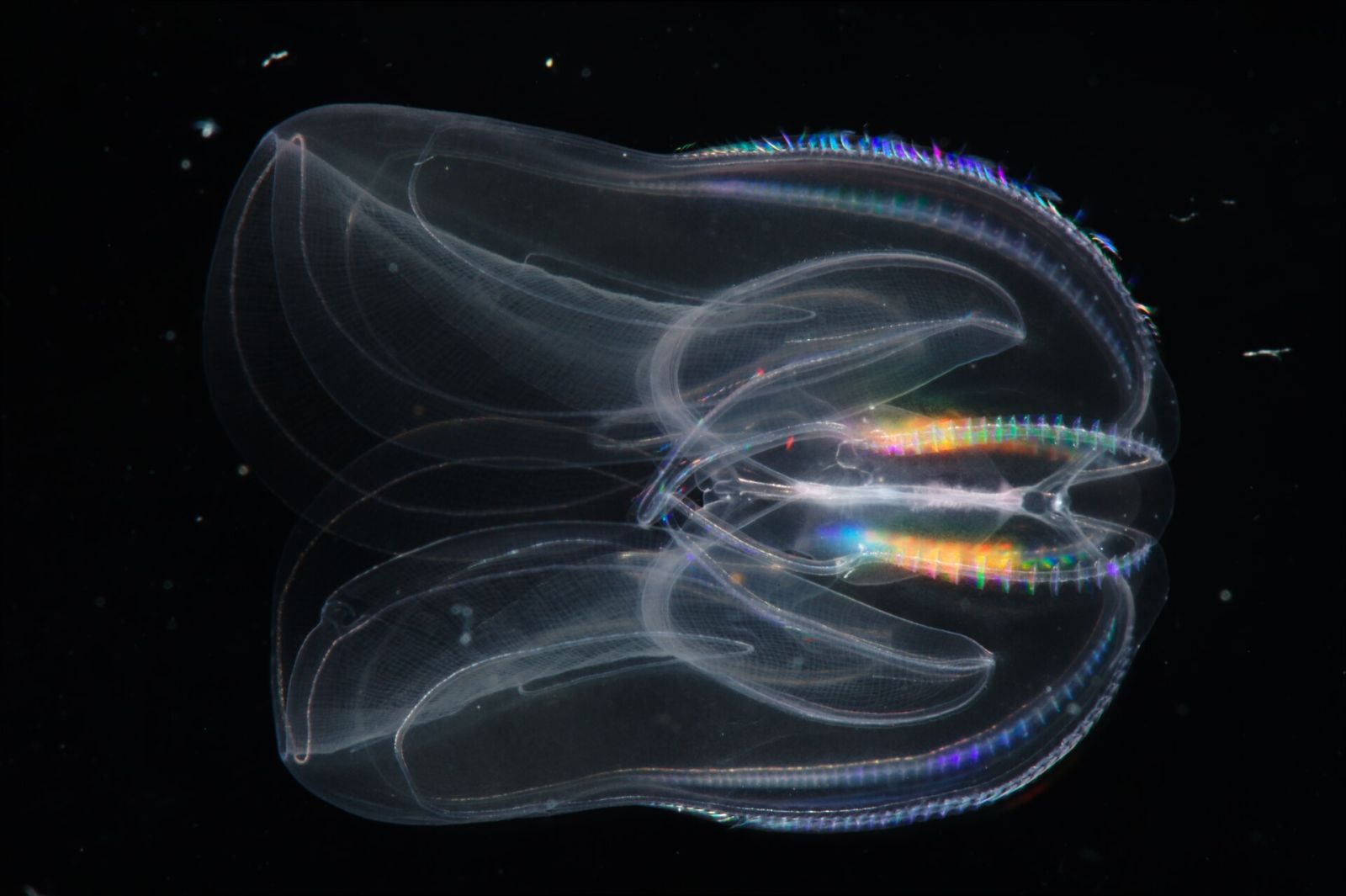Video: in the event of injury, these creatures merge to create a single organism
Published by Cédric,
Article author: Cédric DEPOND
Source: Current Biology
Other Languages: FR, DE, ES, PT
Article author: Cédric DEPOND
Source: Current Biology
Other Languages: FR, DE, ES, PT
Follow us on Google News (click on ☆)
When this animal is injured, it can merge with another specimen to form a single organism, perfectly synchronized. An accidental discovery that raises many questions.
This creature, also known as the sea walnut, belongs to the ctenophores, primitive organisms that have inhabited our oceans for millions of years. Until now, there was no indication it had such a capability. Researchers observed this phenomenon while studying Mnemiopsis leidyi in aquariums. One of the specimens had disappeared, while a second appeared to have doubled in size, leading to the surprising discovery: the fusion of two individuals into one.
To confirm this fusion, the team replicated the experiment on 20 other specimens. By inducing slight injuries, they found that 9 out of 10 pairs tested had merged into a single entity in less than 24 hours.
This process goes beyond a simple union of bodies. The nervous and digestive systems of the merged animals become fully synchronized. Upon mechanical stimulation on one side of the fused animal, muscular contractions propagate instantly throughout the organism, as though it were just one body.
Even more impressive, the digestive systems also merge. Researchers fed one of the mouths and observed that the food circulated through both fused organisms before being excreted through their two anuses.
Injured Mnemiopsis leidyi has merged with another specimen
This fusion, which seems to be linked to the absence of individual recognition mechanisms, is an unprecedented survival advantage. It remains to be seen whether this ability manifests in their natural habitat, a subject that now fascinates biologists. This phenomenon could offer new insights in regenerative medicine research, particularly concerning tissue grafts and nerve tissue repair.
